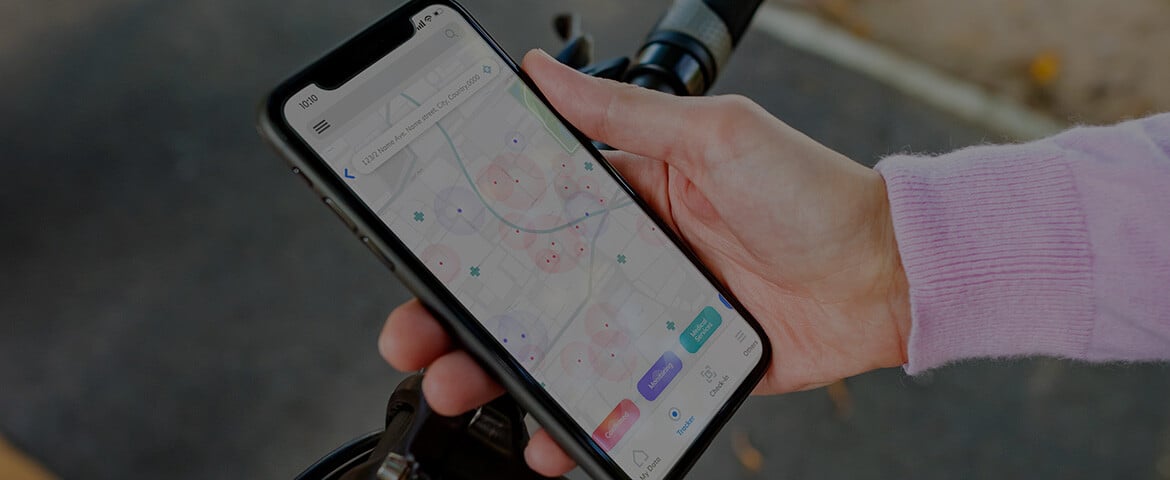Last week, multiple investigations have confirmed that three journalists based in Europe were targeted using Graphite, a powerful spyware tool developed by Israeli company Paragon Solutions. According to findings reported by Citizen Lab, the attacks involved a zero-click exploit on iOS, allowing full compromise of the devices without user interaction. This new case sheds light on the growing sophistication of mobile spyware and the increasing risk it poses far beyond the journalism world.
While journalists and human rights defenders are often early victims of such technologies, the implications are broader: any organization handling sensitive data, whether political, legal, medical or corporate is potentially vulnerable.
A New Generation of Silent Attacks
Graphite belongs to a new breed of spyware capable of operating without detection. Once deployed, it can access messages, call logs, photos, contacts, microphone and camera feeds, GPS location, and app data transforming a phone into a surveillance device. And because Graphite can access encrypted conversations, any person communicating with a targeted device may also have their messages intercepted, making them indirect victims of the attack.
What makes it particularly dangerous is the zero-click mechanism it leverages. Victims don’t have to click a malicious link or install a rogue app. In the case uncovered, the infection appears to have taken place through Apple’s native messaging system, by exploiting an unknown vulnerability that has since been patched.
This aligns with broader industry observations: mobile platforms, once considered relatively safe, are now being actively targeted via OS-level vulnerabilities and trusted system apps.
A Recurring Threat in the Mobile Landscape
Mobile devices concentrate an unprecedented amount of personal and professional information. They are constantly connected, rarely turned off, and increasingly used as a primary work tool. Yet, they remain the least protected part of most corporate infrastructures.
Graphite is not the first spyware to abuse that trust. Similar tools like Pegasus, Predator or Reign have shown how advanced surveillance kits can quietly infiltrate smartphones.
The risk is not limited to specific targets. As long as these tools exist and remain available on gray or black markets, any high-value profile may become a target, including corporate leaders, compliance officers, healthcare professionals, and elected officials.
Addressing Mobile-Specific Threats
This latest case is a reminder that traditional security measures don’t suffice when it comes to mobile threats. Mobile Device Management (MDM) solutions are essential for enforcing policies, managing fleet configuration, and remotely wiping compromised devices but they do not analyze threats, detect malicious behavior, or block ongoing attacks.
Similarly, Endpoint Detection and Response (EDR) platforms, while highly effective on workstations and servers, offer only limited visibility and coverage when it comes to mobile operating systems. They typically focus on processes and endpoints in desktop environments, not on mobile-specific risks.
To counter advanced spyware, organizations must adopt dedicated Mobile Threat Defense solutions that monitor app behaviors and assess risk in real time without waiting for a breach to occur.
As mobile threats evolve, the only viable strategy is a layered defense that aligns management, detection, and real-time response.
.jpg)
.png)
.jpg?height=100&name=1711636314862%20(1).jpg)



